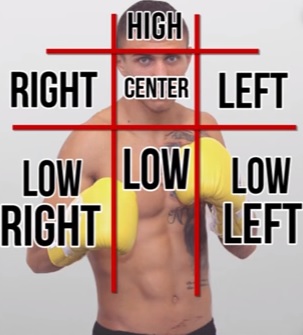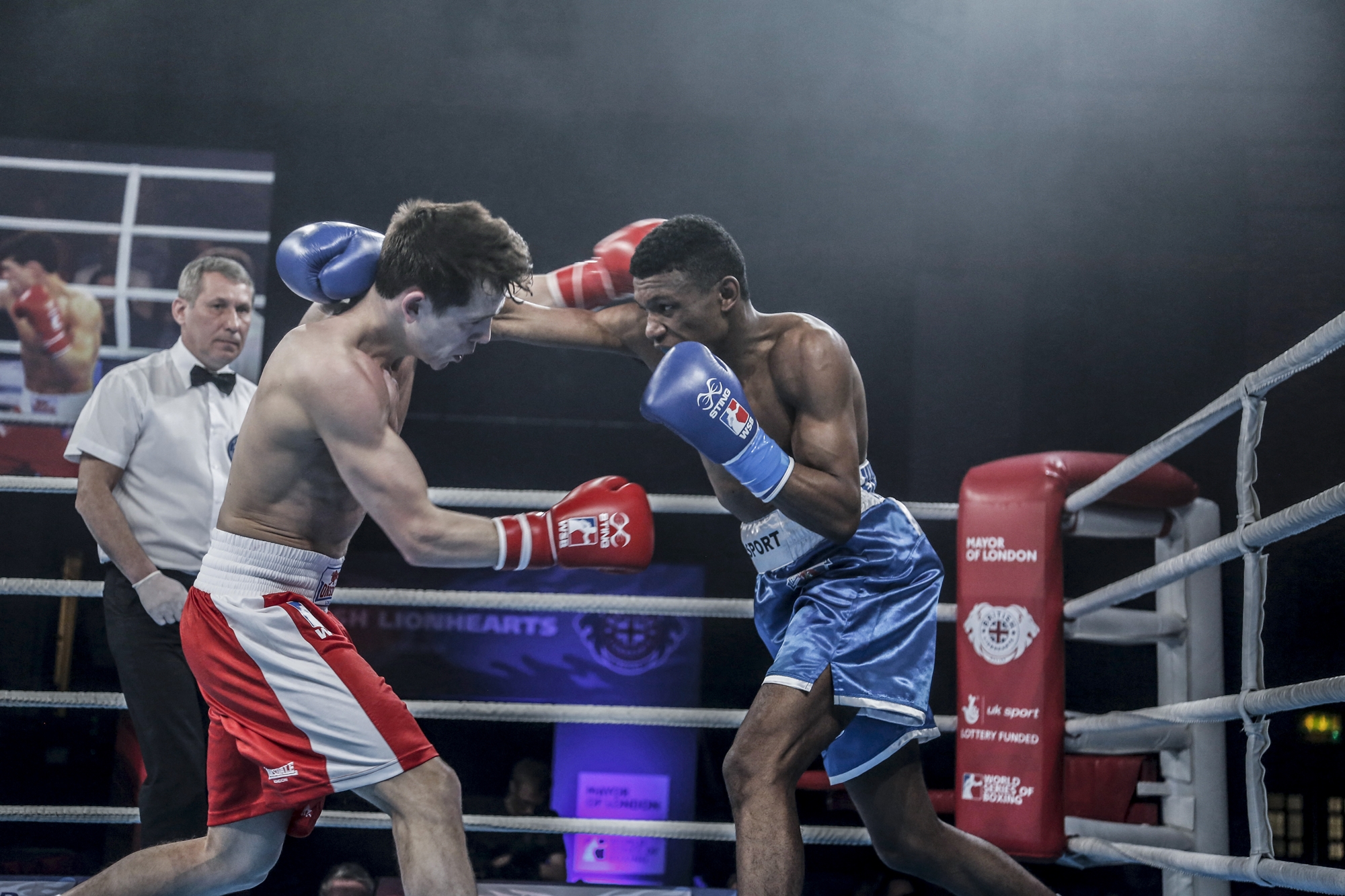Everyone wants boxing head movement like Pernell Whitaker and El Intocable, but training up to that level isn’t easy. You’ll need guts to try new techniques in sparring for the first time, and proper coaching long before then.
In my opinion, the fastest way to improve your head movement is to study as many different sources as you can, even if you have a great trainer.
People learn and communicate things in very different ways; some coaches emphasize technical cues based on their own learning experiences, and what goes without saying in their mind might be completely lost on you.
Consulting different teachers will flesh out your understanding of universal concepts and eliminate blind spots in your technique. Beyond exposing yourself to different teaching perspectives, you’ll also get a glimpse of the different styles that live outside your gym.
Today’s resource round-up brings you 6 of the best boxing head movement tutorials, complete with itemized content breakdowns and key concept summaries.
If you’re looking for new boxing head movement drills or trainers to follow, you’ll find them both here.
1) HEAD SLOTS || Lomachenko || Part 1: Frames + Head Movement by Russ James
Russ James breaks down Vasyl Lomanchenko’s head movement in a pro/amateur film study that covers:
- Basic head positions (called head slots or frames)
- Basic boxing head movement mechanics (weight transfers, moving “in one piece”)
- How to close range with boxing head movement (combining head slots and footwork)
- Basic boxing head movement strategy (head movement as feint, load, evasion, or footwork decoy)
KEY CONCEPT: Understanding head slots/frames
One of the keys to effective boxing head movement is knowing your head position at all times. As you change positions, different punches become available, and different openings are left. Consequently, knowing precisely where a slip, duck, or weave puts you means faster counter-punches, superior balance, and a better defensive radar.
Positional awareness becomes intuitive over time, but it’s helpful for beginner boxers to map out different head slots or “frames.”

ABOVE: James’ “frame chart” is a great visual aid for beginner head movement. He applies this “frame chart” in real-time in his video, tracking Lomachenko’s head position through pro and amateur fights.
Broken down in this way, you realize that even the slickest Pernell Whitaker wizardry is really just a freestyle flow between different head slots.Be sure to check our Floyd Mayweather head slot breakdown for more on this concept.
2) Boxing Head Movement by ExpertBoxing
Johnny’s Boxing Head Movement series is some of the best instructional content you’ll find on his channel. He breaks down advanced concepts in simple language with plenty of demonstrations. This head movement tutorial focuses on head movement patterns, which he breaks down into two main categories:
- Circular head movement – longer, weaving or rolling patterns
- Angular head movement – shorter, sharper slips, ducks, and cuts
Head movement patterns are like “combinations” for boxing defense, moving you through different head slots in a single effort. If we refer back to the previous video, we can apply Johnny’s boxing head movement patterns to navigate James’ frame chart.
KEY CONCEPT: Changing gears with boxing head movement patterns
Most beginner boxing head movement only has two settings: on or off. Lacking different gears to shift through, they explode from a dead stop every time they want to make themselves harder to hit, putting tremendous wear on their engines.
Not only is this exhausting, but it makes counter punches harder to get off, forcing you to slam on the brakes and reverse momentum every time you try to punch.
Advanced fighters know to move their heads at different speeds. Johnny’s “circular” movement is much more suitable for persistent feints and staying elusive, where the sharper “angular” patterns are best reserved for quick counters.
These movements can easily be combined; so, for example, you can draw punches out of your opponent with circular head feints, then “shift gears” to cut a sharp angular slip and set up a whopping power shot.
Once you get comfortable with different head movement patterns, you’ll be able to pick the right tool for the job every time, and both your energy efficiency and defensive success will go through the roof.
3) Faster Head Movement: Boxing Drills for Dodging Punches by fightTIPS
Shane has been releasing great training content for boxing, MMA, and self-defense for some time, and these head movement drills are great for beginners. This video head movement tutorial includes:
- Boxing head movement modifications for MMA/Muay Thai
- Basic boxing head movement mechanics (small movements; compression)
- Basic boxing head movement theory (resetting in new head slots)
- Maize bag head movement drill using car keys + handwrap
- Slip rope head movement drill using a handwrap
KEY CONCEPTS: Small movements and compression
As when blocking or parrying, small movements are key for effective boxing head movement, allowing for faster recovery and making you less vulnerable to feinting setups.
When slipping, Shane emphasizes how we only need to move our heads enough to clear the fist or glove – make them miss by a hair, not a mile – and warns that over-rotating will slow your counter shot.
Shane also shares a handy coaching cue for beginners: think compression between opposite shoulder and knee. For example, slipping to the outside as an orthodox fighter involves rotating and “compressing” the left shoulder towards the right knee. This cue is helpful for explaining the slip’s hybrid squat/lean/turn motion.
You might also find it helpful to emphasize hip flexion: using the same orthodox outside slip for example, think of sitting into the hinge of your right hip.
4) Boxing – Beginner Problems with Head Movement by JT Van V
JT Van V is one of the nicest guys in e-boxing instruction, and he brings a passionate, detail-oriented approach that boxers of any level will appreciate. This beginner boxing head movement video covers:
- Differences between inside/outside head movement (clearing shots vs. small slips)
- Basic boxing head movement mechanics (emphasis on eye contact and foot engagement)
- Common counter mistakes with boxing head movement (precision vs. power, proper weight transfers/foot engagement)
- Keeping track of your head position (how actively looking for counters help you stay safe and balanced)
KEY CONCEPT: Don’t plant your feet
Though some inside fighting situations call for us to plant our feet for stability or muscle in the clinch, it’s rarely a good idea for boxing head movement, especially if you’re trying to get off with counters.
It’s very easy to settle into your heels while working a series of slips or head movement patterns, as it provides more stability. Unfortunately, planting your feet takes away your speed, mobility, and punching leverage, making you less effective offensively and defensively. Try to stay on the balls of your feet.
If you find yourself rooting into the heels, inspect your slipping mechanics. It’s very likely that you are overemphasizing the weight shift. If that’s the case, focus on shortening the movement and keeping both legs “active” to ensure your balance doesn’t commit too much to either side.
5) Brandon Krause Head Movement Drills by ESNEWS
Polarizing boxing reporter Elie Seckbach corners Outlaws Boxing owner Brandon Krause (@outlawsboxing on Instagram) for a quick head movement tutorial. Krause drops knowledge as usual, covering:
- Basic boxing head movement mechanics (using the body/hips to move the head)
- Counter punching benefits of head movement
- Hand positions during head movement (adjusting the guard to cover new openings)
KEY CONCEPT: Responsible hand positioning
Krause highlights how the guard must change in relation to where the opponent is as the head moves. Generally speaking, this means moving your gloves to fill the space your head just left. For example, if I slip outside to my right, my guard will shift to left, filling the empty space between my head and my opponent.
In addition to giving me an extra layer of defense, this new hand position gives me a counterbalance for better stability and recovery.
Of course, you won’t always adjust your hands in this way; there are pros and cons to every technical decision you make. Many of the greats throughout history have made a point of fighting with their hands at their hips.
Still, it’s an important concept for beginners, and Krause shares a great head movement drill at the 3:22 mark that you can incorporate into your warm-up.
6) Marvin Cook Head Movement Drill by Marvin Cook
Though his “true boxer’s stance” videos focus on footwork, Cook does a great job of explaining the role that hips play in boxing head movement. His from-the-knees boxing head movement drill is highly recommended:
KEY CONCEPT: Staying in your balance box
Boxing head movement should never take you off balance, as this leaves you vulnerable to follow-up punches and unable to counter. Cook’s from-the-knees head movement drill will teach you how to move your head subtly, so you can be elusive and stay ready to fire at all times.
By taking the feet out of the drill, Cook emphasizes the “balance box” that you must operate within, forcing you to work with the small hip movements that make for high-quality head movement.
photo credit: World Series Boxing
